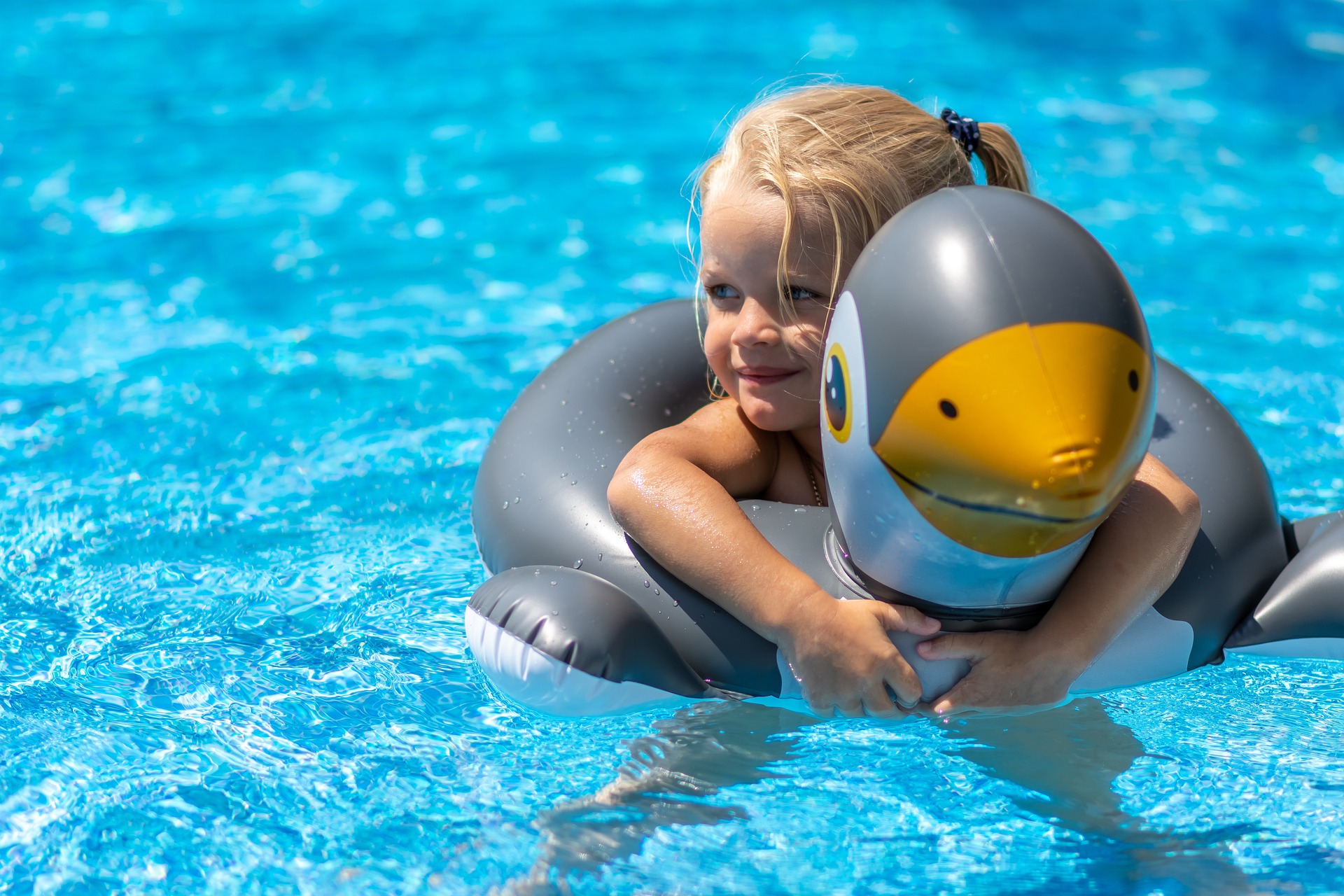Water Safety Teaching Resources for Kids
From baths to swimming, children face varying degrees of risk while in or near water. For children between the ages of 1 and 4, drowning is the leading cause of unintentional death and the third leading cause for kids between 5 and 19 years old. Because of this risk, it is important to start teaching kids about water safety at an early age and to reinforce those lessons often. To effectively do this, they must have the resources and skills to both understand and practice water safety. Learning proper water safety can help save lives by preventing drowning and other water-related injuries.
Adult Supervision
It’s important that kids understand how quickly they can drown, particularly when there are no adults around. A child can drown in water in as little as 2 minutes, and being an excellent swimmer isn’t always enough to keep them safe. Streams, rivers, and lakes, for example, may have fast currents that can quickly carry a child away. Teach kids to only get into the water when an adult, such as a lifeguard, is present and only with permission from a parent or guardian. The adult on hand should know how to swim, be CPR certified, and know what to do to rescue a drowning kid.
-
Drowning Prevention -When kids are in the water, there are certain steps that can drastically reduce their risk of drowning. This page reviews these steps including the need to assign a “Water Watcher” to supervise kids in the water even if there is a lifeguard on duty.
-
Who’s Watching the Kids: Lifeguarding Children -Keeping a watchful eye on children who are in the water is crucial. Click this link to read about the importance of adult supervision and what one should and should not do to ensure their safety.
-
Water Safety for Teens -Water safety rules are just as important for teens as they are for younger kids. This page reviews teen drownings and how to help avoid them, including the need for supervision.
Swimming and Water Survival Skills
Swimming is an important skill that every child should learn. When teaching kids to swim, there are also certain water survival skills that can help reduce the risk of accidental drowning. These skills include being able to swim for up to 25 yards and knowing how to float. Floating can help them conserve energy and stay above water until help arrives in an emergency. Ideally, they should also know how to roll over from their front to their back so they can float. This can help them catch their breath and rest when overly fatigued.
When learning to swim, kids should be able to jump into water over their heads and return to the surface. It’s also important they learn to turn around, safely orient themselves, and be able to exit the water or pool without using a ladder.
-
Become Water Competent -On this page, readers will find information on water competency components. The page also includes an infographic that outlines the 3 elements of water competency.
-
Swimming and Water Safety Skills Chart (PDF) -Click this link to open a water skills chart that outlines water skill levels for children ages 6 months to 3 years, 4 to 5 years, and 6 years and older.
Weather and Water Conditions
Both weather and water conditions play an important role when teaching kids about water safety. Instruct kids to always heed the current weather and to find out what the expected forecast is for the rest of the day. Relatively clear skies don’t rule out the possibility of strong winds that can make the water dangerous, especially when swimming in lakes and beaches or when on a boat. Educate kids on how rain can make it unsafe to be in the water. Rain combined with cold water conditions can cause swimmers to lose too much body heat, making them susceptible to hypothermia.
Rainstorms can also wash harmful waste and sewage into rivers and lakes, increase water levels in rivers, and it can cause currents stronger than what kids or even adults can handle. They should also never play or go near pools during the rain, as the surrounding surfaces may be slick.
Besides the weather, they must also always pay attention to water conditions. Teach kids to be aware of warning flags, high surf advisories, and the signs of rip currents and other dangerous water conditions. In unfamiliar bodies of water, they must also be cautious of conditions, such as uneven surfaces, undertow, and dangerous marine life that may be common in the area.
-
Keep Kids Water Safe This Summer -Teachers, or anyone who wants to brush up on their water safety skills, can click on this link to read safety tips provided by experts from Texas A&M.
-
Swimming in the rain: Is it Safe? -Review popular answers to questions about whether it is safe to swim either during or after a rain. The information covers gear, being weather aware, and after effects.
-
Know Before You Go In The Water -The National Weather Service discusses what people should know before getting into a body of water. The page includes a video as well as written text.
What to do in an Emergency
In an emergency, some kids may think they are skilled enough to help a sibling or a friend who’s in danger. Other kids may not know what to do or become frozen in fear. Teachers must be able to instruct students on the best way to react according to the situation. Because a supervising adult should always be present, kids should first call out to them for immediate help if someone is drowning or otherwise in danger.
If an adult is not within sight, a child should never jump into the water and attempt a rescue. While in a panic, the person in distress may unintentionally pull them under, or dangerous conditions such as fast-moving waters may put them both at risk. In the absence of an adult, kids should extend a long object, such as a pole, over the water for the person to grasp. To avoid being pulled in, it’s important that they lie down when extending the object over the water. Once the person in peril has grabbed the pole, the rescuer can then pull them to safety. Another way to help someone in an emergency is to throw something that floats, like a boogie board or even a Styrofoam cooler, into the water. The floating object gives them something to hold on to until help arrives.
-
Water Safety Tips (PDF) -Gateway Region YMCA offers this downloadable link with six water safety tips for kids to teachers and parents.
-
Reach Throw… Don’t Go -When someone is drowning seconds count. This page explains how to help someone out of the water if there is no adult to help.
Water Safety Activities and Games
-
Colin’s Hope Coloring Page (PDF) -Teachers who print out this page can teach kids about water safety while their students color as they learn.
-
Pool Safely Kids Corner – There are many entertaining ways to teach kids about being safe while in the pool. When teachers visit this page they’ll have access to a pool safety video, a safety pledge, and worksheets.
-
Josh the Otter Activity Sheet -Use this activity page that kids can color to help them learn about water safety. Teachers will find this page helpful for the water safety word find and the Josh the Otter Safety Pledge.
-
All About Water Safety (PDF) -By opening this link, teachers are getting four water safety activities suitable for kids between the ages of 7 and 11.
-
Bobber Floating Fun Puzzle (PDF) -A kid-friendly puzzle with Corkey and Sinker may be a great way to learn about floating and water safety.

